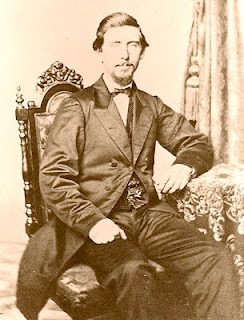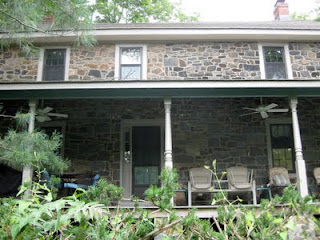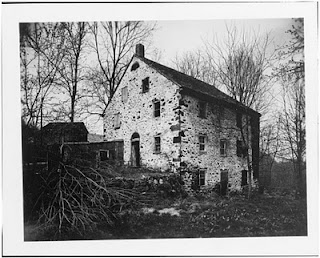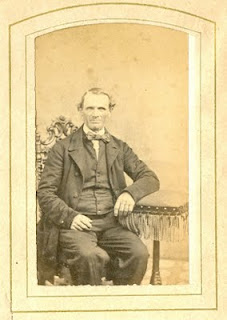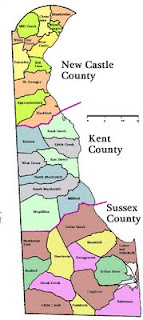 A couple weeks ago I was talking to a friend who lives out of state, and he asked me what seems like it should be a fairly simple question: "What does "Hundred" mean, in "Mill Creek Hundred"? For those of us who have lived for an extended time in Delaware (especially New Castle County), we're probably used to hearing "Mill Creek Hundred", or "Brandywine Hundred", but we may not think much about where the term comes from. I've actually sidestepped this post for this long because there really isn't a good, simple answer to the question. Or, there is a simple answer, but it's not good enough. Or, there's several good answers, but none of them are exactly right ... but none of them are completely wrong. Sometimes, thinking too hard about a word only serves to confuse things. But, I've come this far, and never let it be said that I'm not willing to try to confuse things even more.
A couple weeks ago I was talking to a friend who lives out of state, and he asked me what seems like it should be a fairly simple question: "What does "Hundred" mean, in "Mill Creek Hundred"? For those of us who have lived for an extended time in Delaware (especially New Castle County), we're probably used to hearing "Mill Creek Hundred", or "Brandywine Hundred", but we may not think much about where the term comes from. I've actually sidestepped this post for this long because there really isn't a good, simple answer to the question. Or, there is a simple answer, but it's not good enough. Or, there's several good answers, but none of them are exactly right ... but none of them are completely wrong. Sometimes, thinking too hard about a word only serves to confuse things. But, I've come this far, and never let it be said that I'm not willing to try to confuse things even more.We'll start with what should be the simple answer to the question of "What is a Hundred?" -- It's an old English political unit, smaller than a county or shire. Even this, though, is not quite exactly accurate. Besides England, equivalents to hundreds have been used in parts of Finland, Norway, Sweden, Denmark, Germany, and Australia. Their use in England dates back to at least the 900's, but were probably in use long before that. The ultimate origin of the term may date back almost 2000 years to Teutonic armies, and their custom of dividing their armies into groups of 100 men from a given area. When Teutonic tribes invaded England in the 5th and 6th Centuries, the division of land and the invader's settling patterns may have been influenced by these "hundreds" of warriors.
